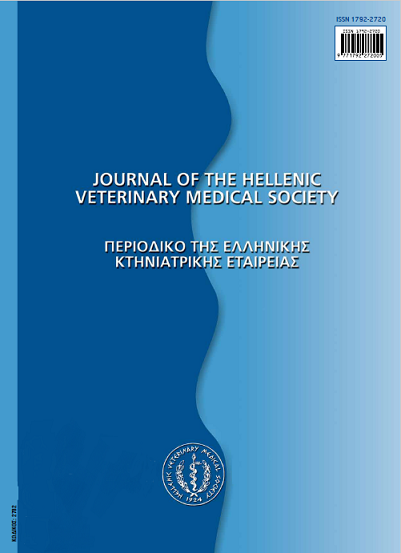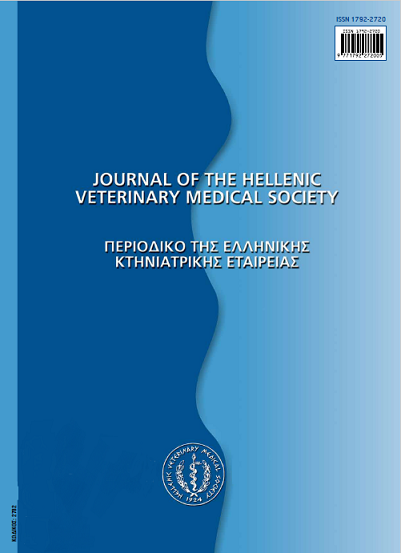Fever of unknown origin in the dog

Abstract
Fever of unknown origin (FUO) refers to a febrile syndrome that does not resolve spontaneously in an adequate period of time for the remission of self-limited infections and definitive diagnosis cannot be established despite considerable diagnostic effort. This definition is an extrapolation from human medicine, since FUO has not been still defined accurately in animals. The spectrum of diseases involved in FUO includes infectious, neoplastic, immune-mediated, miscellaneous and not defined diseases. Clients and clinicians must be aware that FUO may be a diagnostic challenge. The diagnostic plan should always begin with costless and simple tests followed by more invasive and expensive procedures. The initial diagnostic approach of FUO includes a detailed history, a thorough physical examination, a routine laboratory evaluation and radiographical examination of the thorax and abdomen. If diagnosis cannot be achieved, specific non-invasive tests should then be applied. No therapeutic trial should be initiated during evaluation, since it may alleviate clinical symptoms and alter the laboratory results potentially misleading the diagnostic approach. Nevertheless, fever is rarely harmful. In body temperature above 41,0 °C, diagnostic evaluation is postponed and the initiation of an emergency therapy is strongly recommended. If definitive diagnosis is confirmed, the dog is treated accordingly. Therapeutic trial is indicated, if despite the thorough evaluation no diagnosis is established or the owners are unwilling to support the cost of the diagnostic work-up of their dog. Therapy is focused on the administration of antibiotics followed by steroids and finally non-steroid anti-inflammatory drugs.
Article Details
- How to Cite
-
PARDALI (Δ. ΠΑΡΔΑΛΗ) D., ADAMAMA-MORAITOU (Κ. ΑΔΑΜΑΜΑ-ΜΩΡΑΪΤΟY) K., & RALLIS (Τ. ΡΑΛΛΗΣ) T. (2017). Fever of unknown origin in the dog. Journal of the Hellenic Veterinary Medical Society, 59(3), 201–212. https://doi.org/10.12681/jhvms.14958
- Issue
- Vol. 59 No. 3 (2008)
- Section
- Review Articles
Authors who publish with this journal agree to the following terms:
· Authors retain copyright and grant the journal right of first publication with the work simultaneously licensed under a Creative Commons Attribution Non-Commercial License that allows others to share the work with an acknowledgement of the work's authorship and initial publication in this journal.
· Authors are able to enter into separate, additional contractual arrangements for the non-exclusive distribution of the journal's published version of the work (e.g. post it to an institutional repository or publish it in a book), with an acknowledgement of its initial publication in this journal.
· Authors are permitted and encouraged to post their work online (preferably in institutional repositories or on their website) prior to and during the submission process, as it can lead to productive exchanges, as well as earlier and greater citation of published work.






